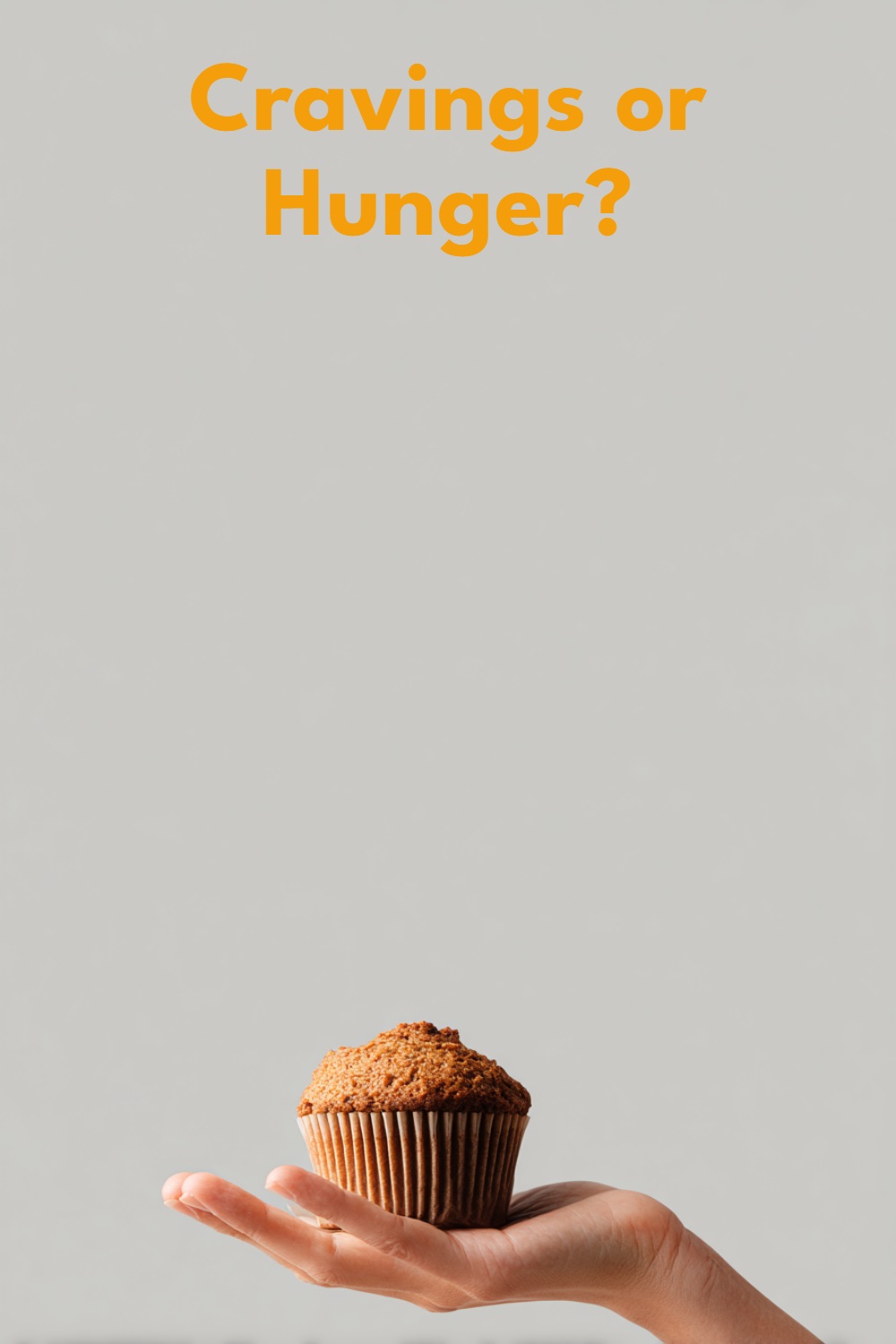One of the most common questions people have when they’re trying to eat better is this:
How do I know if I’m actually hungry, or just craving something?
It’s a fair question. Especially if you’re trying to eat more mindfully or cut back on habits that don’t feel great.
Here’s the good news. You don’t need to be perfect at it. But learning to tell the difference can help you make decisions that feel more intentional and less reactive.
Let’s break it down.
What Hunger Looks Like
Physical hunger builds gradually. It usually starts in the body – a growling stomach, low energy, maybe even a little irritability.
Most foods sound appealing. You’re not fixated on one specific thing. You just want fuel.
Hunger often shows up on a schedule. If it’s been several hours since your last meal, that’s probably hunger.
What Cravings Feel Like
Cravings often come on suddenly. One minute you’re fine, and the next you want a cookie, a bag of chips, or something sweet.
They’re usually specific. You want that food, not just any food.
They can also be tied to emotion or habit – boredom, stress, procrastination, celebration, or just the usual routine.
Cravings aren’t bad. But they’re often asking for something other than food.

Try a Simple Pause
You don’t need a long process here.
Just take 10 seconds to ask: What am I actually feeling right now?
Is your stomach hungry? Are you low on energy? Or are you feeling restless, overwhelmed, tired, or distracted?
This quick check-in builds awareness. And that’s what gives you more freedom to respond on purpose.
You Don’t Have to “Get It Right” Every Time
The goal isn’t to always eat only when you’re physically hungry.
Sometimes you’ll eat for comfort, for connection, or just because something tastes good. That’s part of normal eating too.
But when you can tell what kind of signal you’re responding to, it puts you back in the driver’s seat.
That’s where the shift happens.
Insight: Cravings Are Messengers, Not Enemies
Cravings usually aren’t random.
They show up when something feels off – maybe you’re overwhelmed, maybe you’re bored, or maybe you just need a break.
Instead of seeing cravings as a problem, treat them like a message.
Ask: What am I needing right now besides food?
- Rest?
- Comfort?
- A change of pace?
- Something fun?
The more you meet those needs directly, the less urgent food has to feel.
Insight: Control Makes Cravings Worse
If your go-to response to cravings is to clamp down harder – more rules, more guilt, more restrictions – that might be part of the problem.
Your brain is wired to respond to restriction with urgency.
It thinks something is being taken away, so it makes you want it even more.
This is why “being good” all week often turns into a binge on the weekend. It’s not a willpower issue. It’s biology.
When you take the pressure off, cravings lose their power. You’re no longer stuck in a fight.
Insight: Hunger and Cravings Are Both Part of the Picture
This isn’t about labeling one as good and the other as bad.
Hunger and cravings are just signals.
They’re both ways your body and brain ask for something.
The more curious you can be about those signals – instead of critical – the easier it gets to respond in a way that actually helps.
Sometimes that means eating a full meal. Sometimes it means a few squares of chocolate. Sometimes it means a nap or a walk or just saying, “Yeah, that craving makes sense.”
The difference is, you’re choosing. Not reacting.
What to Try Instead of Controlling Every Craving
You don’t need to eliminate cravings. You need to understand them.
A few practices that help:
- Eat enough during the day. Under-eating leads to more cravings later, especially for sugar and carbs.
- Check in before you eat. Even 5 seconds is enough to pause and notice.
- Add satisfying foods. Trying to be overly “clean” or restrictive often backfires.
- Create non-food ways to deal with stress or boredom. Have some go-to options that actually help.
Final Thoughts
The goal isn’t to become a perfect eater.
It’s to become someone who can listen to their body, notice what they’re feeling, and choose how to respond.
The more you practice that, the easier it gets.
Over time, you build more trust in yourself. More steadiness. More peace around food.
And that changes everything.

